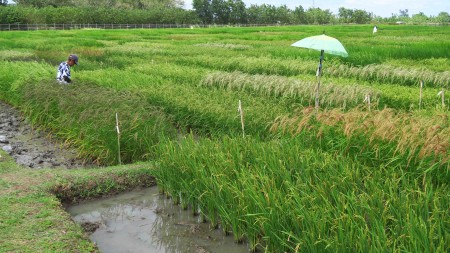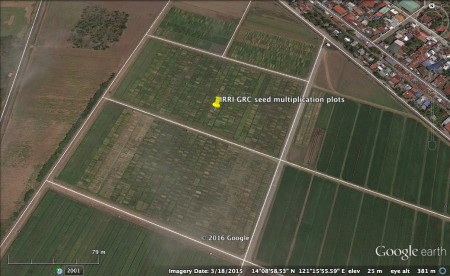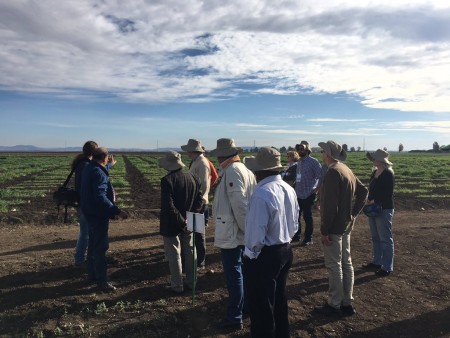I really didn’t give the short piece on the conservation of cider apple varieties in England a second thought when it first came out on the BBC a few days ago.
Hundreds of varieties of rare cider apples are being planted across England after being donated to the National Trust by a collector.
…
They were grown over 25 years by Henry May, who wanted to save old apple varieties in danger of disappearing.
Sure, I shared it, because it’s always nice to see names like Netherton Late Blower and Slack-ma-Girdle make it to prime time, but that’s about it.
I should have paid more attention, and I’m grateful to Julian Jackson for making some good points on LinkedIn.
Nice to see the National Fruit Collection’s image credited — even if their overarching work to support UK apple genetic resources conservation didn’t get a mention!! (The article should have highlighted the complementary role these new gardens could have to the existing cider collection at the National Fruit Collection ((Which has a Twitter feed, FYI.)) rather than suggesting these will be primary resources!!)
Julian looks after the British national germplasm collections for DEFRA, and should know. Here’s hoping these new collections and that at Brogdale get properly integrated.


